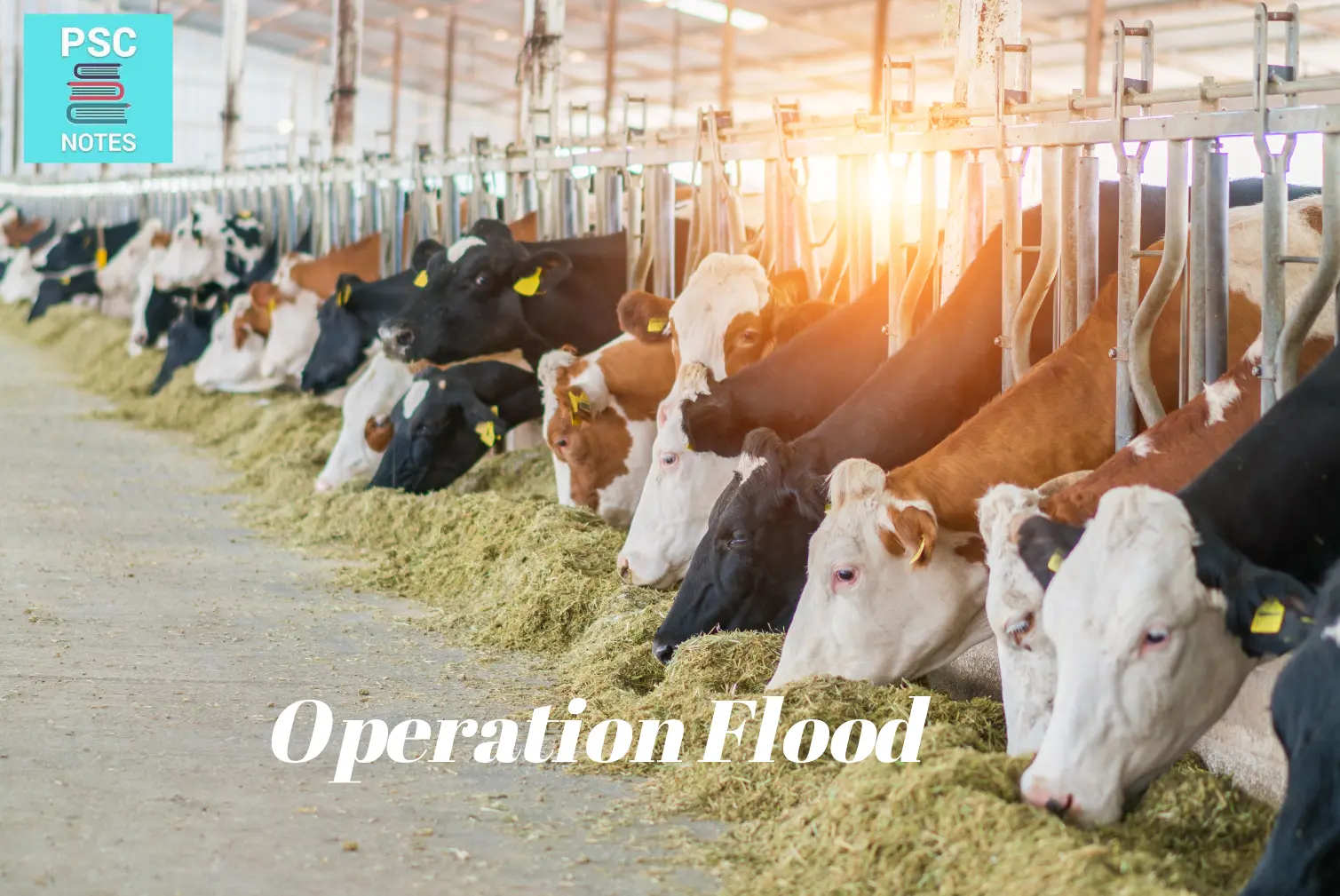Operation Flood and Cooperatives
Operation Flood was a dairy development program launched in India in 1970. The program was designed to increase milk production and productivity, improve the quality of milk, and expand the market for milk and milk products. Operation Flood was a major success, and it helped to transform the Indian dairy industry.
The program was implemented by the National Dairy Development Board (NDDB), which is a government-owned corporation. The NDDB worked with cooperatives, farmers, and other stakeholders to achieve the goals of Operation Flood.
One of the key components of Operation Flood was the development of a network of milk cooperatives. These cooperatives helped to collect milk from farmers, process it, and market it. The cooperatives also provided training and support to farmers.
Operation Flood also helped to improve the quality of milk. The NDDB developed standards for milk quality, and it worked with farmers and cooperatives to improve the quality of milk production.
The program also helped to expand the market for milk and milk products. The NDDB promoted the consumption of milk and milk products, and it worked with retailers and other businesses to increase the availability of milk and milk products.
Operation Flood was a major success. It helped to increase milk production and productivity, improve the quality of milk, and expand the market for milk and milk products. The program also helped to improve the lives of millions of farmers and their families.
Frequently Asked Questions
What is Operation Flood?
Operation Flood was a dairy development program launched in India in 1970. The program was designed to increase milk production and productivity, improve the quality of milk, and expand the market for milk and milk products. Operation Flood was a major success, and it helped to transform the Indian dairy industry.
Who implemented Operation Flood?
Operation Flood was implemented by the National Dairy Development Board (NDDB), which is a government-owned corporation. The NDDB worked with cooperatives, farmers, and other stakeholders to achieve the goals of Operation Flood.
What were the key components of Operation Flood?
One of the key components of Operation Flood was the development of a network of milk cooperatives. These cooperatives helped to collect milk from farmers, process it, and market it. The cooperatives also provided training and support to farmers.
Operation Flood also helped to improve the quality of milk. The NDDB developed standards for milk quality, and it worked with farmers and cooperatives to improve the quality of milk production.
The program also helped to expand the market for milk and milk products. The NDDB promoted the consumption of milk and milk products, and it worked with retailers and other businesses to increase the availability of milk and milk products.
What were the results of Operation Flood?
Operation Flood was a major success. It helped to increase milk production and productivity, improve the quality of milk, and expand the market for milk and milk products. The program also helped to improve the lives of millions of farmers and their families.
Multiple Choice Questions
- Operation Flood was a dairy development program launched in:
(A) 1970
(B) 1980
(C) 1990
(D) 2000 - The NDDB is a:
(A) government-owned corporation
(B) private company
(C) cooperative
(D) non-profit organization - One of the key components of Operation Flood was the development of a network of:
(A) milk cooperatives
(B) dairy farms
(C) milk processing plants
(D) milk distribution centers - Operation Flood helped to improve the quality of milk by:
(A) developing standards for milk quality
(B) working with farmers and cooperatives to improve the quality of milk production
(C) promoting the consumption of milk and milk products
(D) all of the above - Operation Flood helped to expand the market for milk and milk products by:
(A) promoting the consumption of milk and milk products
(B) working with retailers and other businesses to increase the availability of milk and milk products
(C) both (A) and (B)
(D) none of the above
